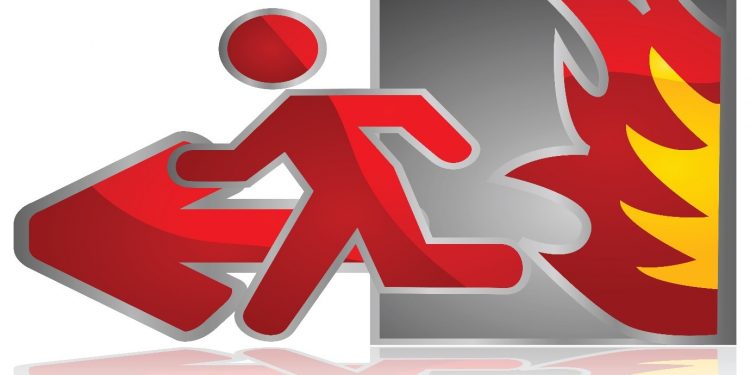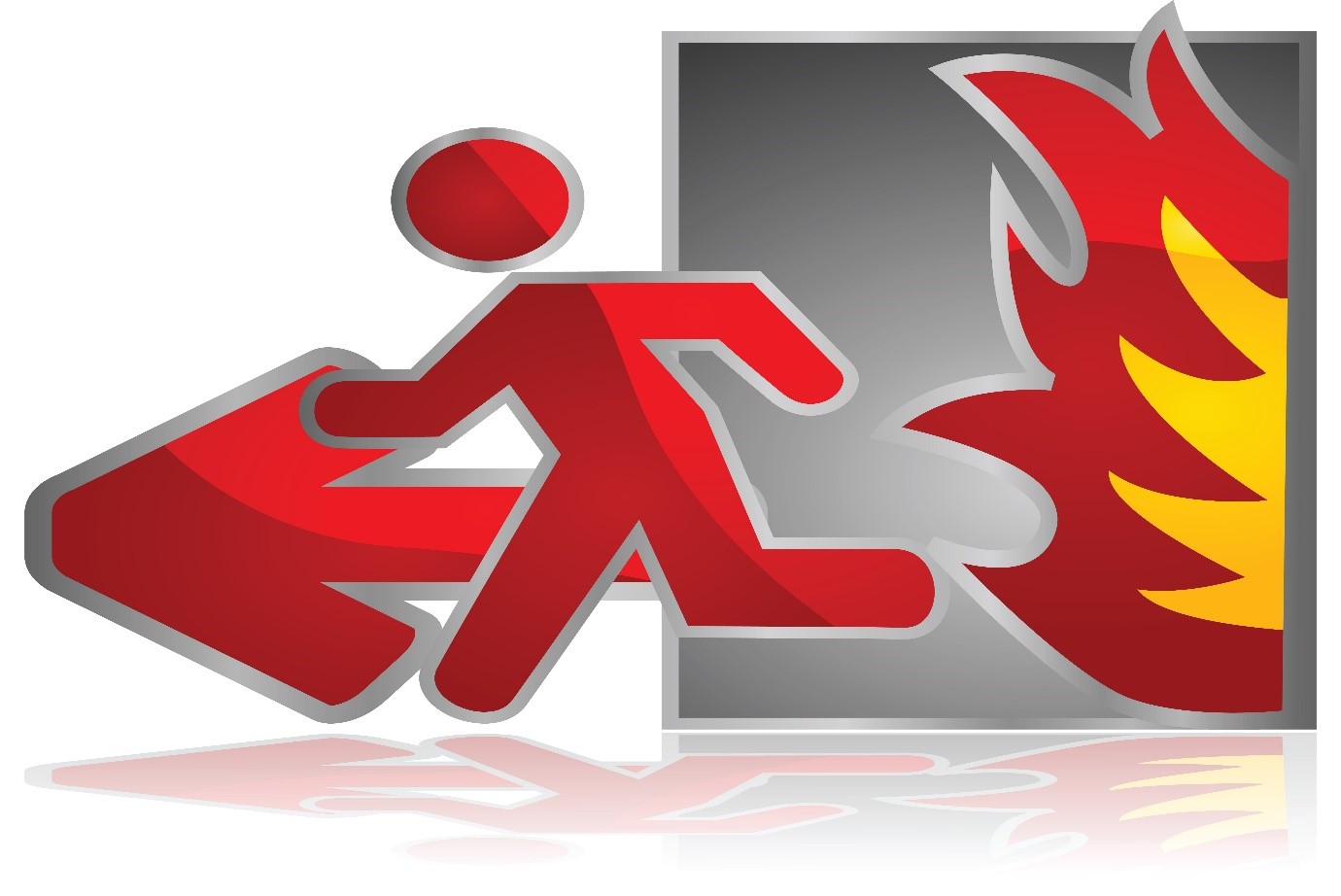
Workplace fires cause severe damage to property, as well as injuries and even death. More than 22,000 non-residential fires occurred between 2013 and 2014, with the majority occurring in the workplace. All workplaces are different and whatever the reason for this fire, there are steps that each employer can take to reduce the risk. Here are some common hazards that must be considered:
Stacking of flammable material
Especially in an office environment, a buildup of used paper, cardboard, and other fuels is a common problem. In the event of a fire, these materials will make it much worse because they are easily ignited, so disposing of them in the right way is recommended. Storing such waste is best done offsite but if this is not possible then make sure it is as far away from the main building as possible and safe from ignition sources.


Blocked Fire Exit
If you find a fire escape route that has been blocked by waste, furniture, or other equipment, then this should be cleaned up immediately. Fire exits must be easily accessible to all and any blockage will make escape difficult, if not impossible, in the event of a fire. Any restrictions for being able to escape quickly and safely from a building must be corrected.
Electrical equipment
Electricity faults are one of the main causes of fires at work in the UK. Periodic checks for any broken plugs or loose cables are very important. All electrical equipment must be tested by experts and any items that are damaged or faulty must be turned off and replaced. Stay safe by having regular fire assessments and ensuring the best fire safety components are utilised. For more information on fire safety components like Industrial Valves, visit https://www.orseal.com/
Fire alarm
You might be surprised to realize that the last time an alarm at your workplace was tested was a very long time ago! What is the point of having a system if no one knows if it will function when it is needed most? A maintenance schedule must be made and batteries regularly replaced at smaller alarms throughout the location. Does everyone in your building know where their closest fire exit is and where the meeting point is after evacuation? If not, get this sorted before it’s too late.

Smoke
Staff members must have designated smoking areas away from combustible materials nearby. Cigarettes that are disposed of improperly can easily ignite a fire and this is very dangerous if it occurs next to a combustible material. Provide a special cigarette bin and encourage staff to properly dispose of the tip of the cigarette. The smoking area must also be quite far from the main building.
Open Fire Door
The purpose of the fire door is to prevent further spread of the fire after it has broken out. Along the hallway or corridor, it is tempting to open these doors to make them more accessible. The problem is if the fire really ignites, the fire door will be useless, and the fire will spread far faster than it should. If you see that the fire door remains open, you must close it immediately.
